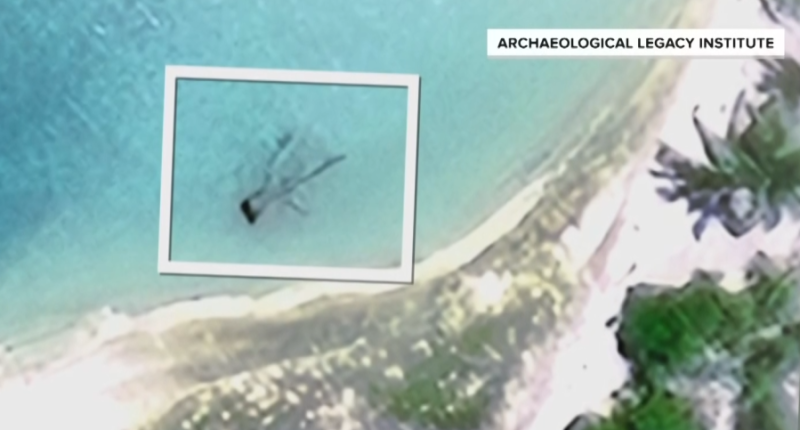Share this @internewscast.com
On the 88th anniversary of the disappearance of the trailblazing aviator Amelia Earhart, researchers have announced a renewed quest to solve the mystery of her vanished plane and its occupants.
A team from Purdue University is set to lead an expedition to a secluded island in the Pacific Ocean. This decision follows satellite imagery taken in 2015 that suggested the potential discovery of plane wreckage, as reported by NBC News.
Further images indicated that this object, initially seen submerged close to shore, was later buried by sand. Purdue’s team plans to travel to Nikumaroro in November, aiming to excavate what they hope to be the remnants of Earhart’s Lockheed Electra 10E aircraft.
“We believe we owe it to Amelia and her legacy at Purdue to fulfill her wishes, if possible, to bring the Electra back to Purdue,” Steve Schultz, Purdue’s general counsel, told NBC News.
Richard Pettigrew, the executive director of the nonprofit Archaeological Legacy Institute in Oregon, said American-made tools and a medicine vial found on the island may indicate that Earhart was there.
“It satisfies all the criteria,” Pettigrew told NBC News. “Everything fits.”

On a 2017 expedition to the island led by the International Group for Historic Aircraft Recovery, scent hounds detected human remains. However, TIGHAR executive director Ric Gillespie doubts the November trip will turn up any conclusive evidence.
Gillespie theorized that the object captured by satellite was a coconut palm with a root ball that washed up in a storm.
“I understand the desire to find a piece of Amelia Earhart’s airplane. God knows we’ve tried,” Gillespie told NBC News. “But the data, the facts, do not support the hypothesis. It’s as simple as that.”
Researchers will arrive on the island after six days of traveling by boat. They will have five days to uncover and identify the object buried in the sand.
Earhart was the first woman to fly solo across the Atlantic Ocean and she set several records. She disappeared in 1937 over the Pacific Ocean while attempting to become the first woman to circumnavigate the globe.
She was declared dead in 1939, but the mystery of her disappearance continues to captivate the world decades later.












